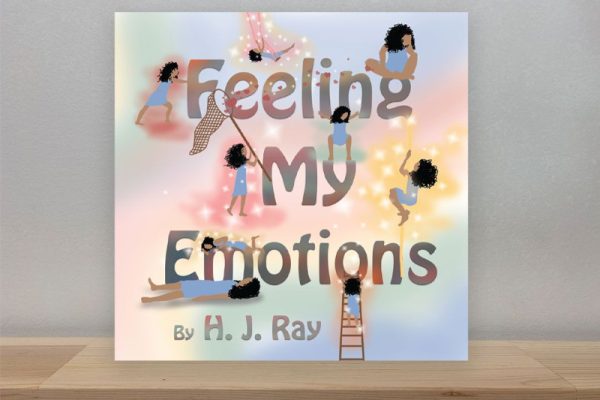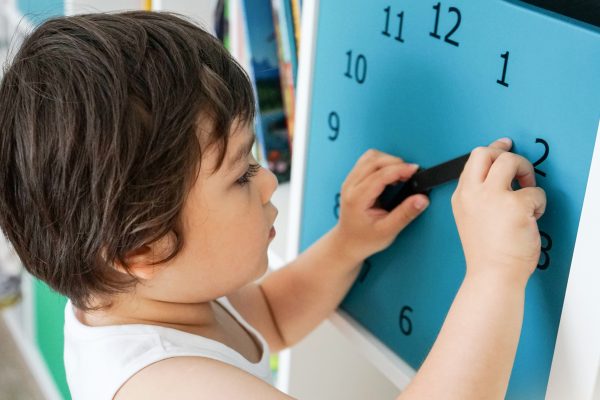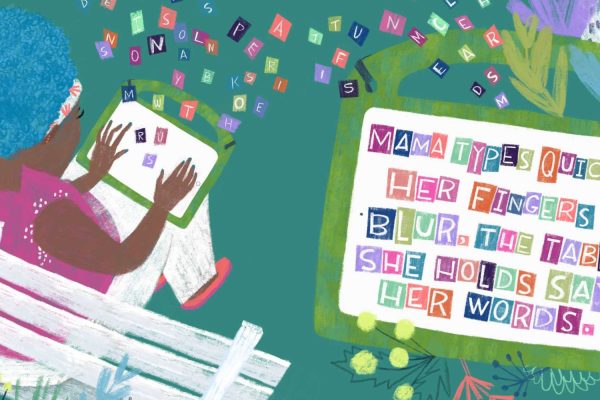
Developmentally valuable low-cost play activities for children with physical disabilities
Navigating the challenges of providing enriching, skill-building play experiences for our kids while managing cost of living pressures can be daunting. However, it’s well worth keeping in mind that meaningful play doesn’t always require expensive toys or equipment. It’s just all too easy to get caught up in the ‘must-have the latest thing’ cycle isn’t it? However, with creativity and resourcefulness, you can create developmentally valuable play activities that support your child’s growth and well-being without needing to take out a second mortgage. Try these ideas..
Sensory exploration stations
Set up sensory exploration stations using everyday items like dried beans, rice, sand, or water in bins or containers. Add different textures, colours, and shapes for tactile stimulation. Incorporate objects with various scents (like herbs or essential oils) to engage the sense of smell. These stations promote sensory integration and fine motor skills development, plus use those W-questions for some speech and language practice.
DIY adaptive art supplies
Create adaptive art supplies tailored to your child’s needs. For instance, make chunky crayons by melting down old crayon pieces into silicone molds for easier gripping. Use Velcro straps to attach paintbrushes or markers to adapted grips for children with limited hand mobility. Encourage artistic expression through painting, drawing, and crafting activities. Chat with your child’s therapist for other ideas that might work for your child.
Nature exploration
Take advantage of outdoor spaces for nature exploration. Visit local parks, gardens, nature trails or even the beach to engage in sensory-rich experiences like feeling different textures (grass, bark, leaves), listening to bird sounds, or observing wildlife. Nature outings offer opportunities for physical activity, social interaction, and cognitive stimulation.
Storytelling and puppetry
Encourage storytelling and puppetry as imaginative play activities. Use homemade puppets or finger puppets crafted from socks or felt. Create storytelling props like miniature scenes or character cut-outs. Storytelling promotes language development, creativity, and emotional expression.
Music and movement
Explore music and movement activities that cater to your child’s abilities. Make simple instruments like shakers using rice-filled containers or drums using empty cans and fabric. Dance together to rhythmic music or play interactive music games. Music and movement foster coordination, social engagement, and emotional regulation.
Sensory-friendly play spaces
Design sensory-friendly play spaces at home using low-cost materials. Incorporate calming elements like soft lighting, comfortable seating, and soothing textures (e.g., bean bag chairs, plush rugs). Include sensory toys like fidget spinners, textured balls, or vibrating cushions for sensory regulation and relaxation.
DIY sensory boards and busy boxes
Create DIY sensory boards or busy boxes filled with interactive elements like buttons, zippers, switches, and textures. Use recycled materials or inexpensive items found at thrift stores. These hands-on activities support cognitive skills, fine motor coordination, and sensory exploration.
Role-playing and pretend play
Encourage role-playing and pretend play scenarios that spark imagination and social interaction. Set up themed play areas (e.g., kitchen, doctor’s office, store) using household items and props. Engage in pretend play activities that promote communication, problem-solving, and emotional understanding.
Finally, remember, the most meaningful play experiences often stem from love, imagination, and a nurturing environment rather than expensive toys or gadgets.







